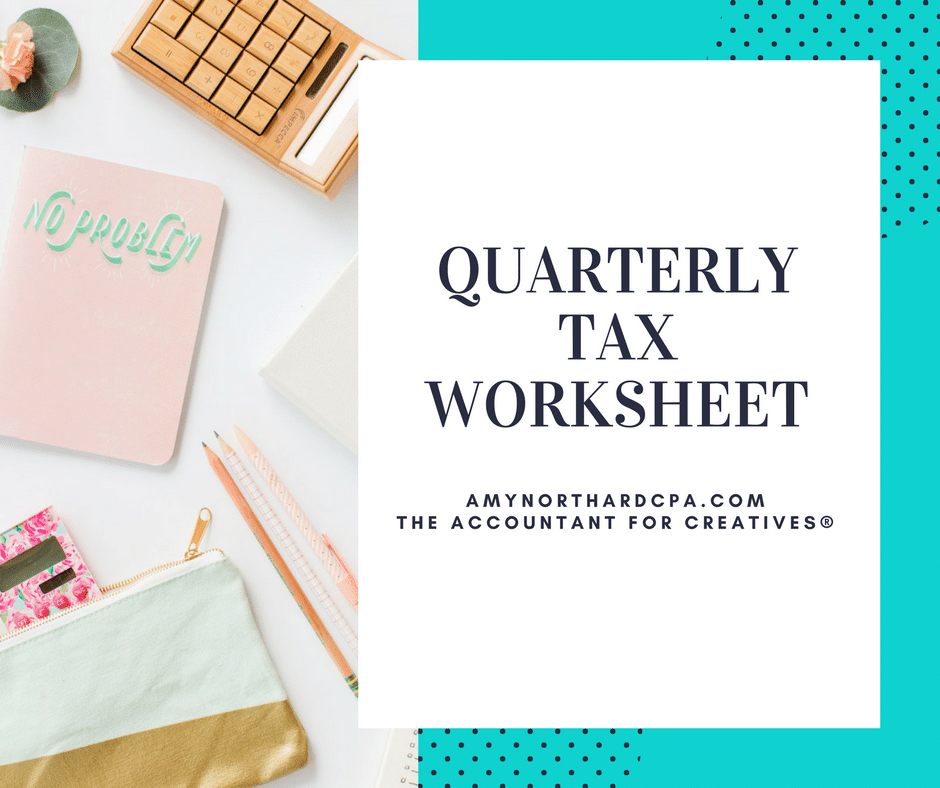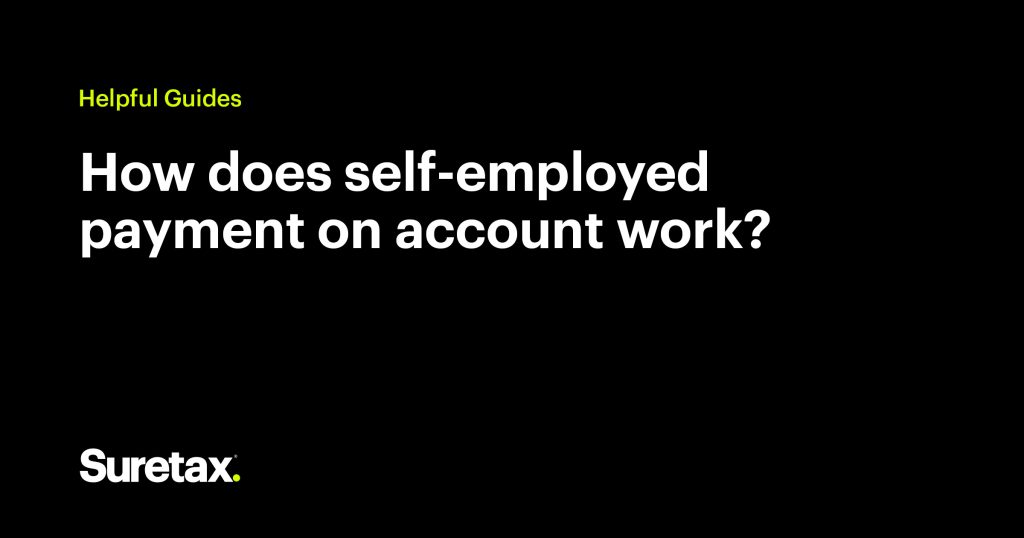Understanding IRS Payments and Refunds
The Internal Revenue Service (IRS) is the U.S. government agency responsible for collecting taxes and enforcing tax laws. One of the most common concerns for taxpayers is understanding how IRS payments work, including refunds, estimated tax payments, and options for those who need more time to pay.
Checking Your IRS Refund
If you’ve filed your taxes and are waiting for a refund, the IRS provides several tools to help you track its status. The “Where’s My Refund?” tool is one of the most popular, but it’s important to note that updates occur once a day, typically overnight. This means the tool may be unavailable each morning between 4-5 a.m. Eastern time while updates are processed.
To check your refund, you’ll need:
- Your Social Security or individual taxpayer ID number (ITIN)
- Your filing status
- The exact refund amount on your return
You can also use the IRS2Go mobile app to check your refund status, making it easier to access this information on the go. If you’re looking for more detailed tax information, you can log into your online IRS account or request a copy of your tax records through an official transcript.
For those who have filed an amended return, the “Where’s My Amended Return?” tool is available to track the status of those specific filings.
Need More Time to Pay?
If you’re unable to pay your full tax liability by the due date, there are options available to avoid penalties. Filing and paying your taxes on time is always the best approach, but if you’re facing financial difficulties, you can apply for a payment plan.
Payment Plans
The IRS offers various types of payment plans, including:
- Simple Installment Agreements
- Streamlined Installment Agreements
- In-Business Trust Fund Express (IBTFE) Agreements
- Guaranteed Installment Agreements
- Partial Payment Installment Agreements
Each plan has different requirements and fees, so it’s essential to choose the one that fits your financial situation.
Offer in Compromise
Another option is an Offer in Compromise (OIC), which allows you to settle your tax debt for less than the full amount owed. This is particularly useful if you’re experiencing financial hardship and cannot afford to pay the entire balance.
If you’re struggling with tax debt, you may also qualify for a temporary collection delay, which gives you time to improve your financial situation before resuming payments.
Quarterly Tax Payments: When Should You Pay in 2024-2025?
Quarterly tax payments are essential for self-employed individuals, small business owners, and freelancers who don’t have taxes withheld from their income. These payments help ensure that you’re meeting your tax obligations throughout the year and avoiding large bills or penalties at the end of the year.
What Are Quarterly Tax Payments?
Quarterly tax payments, also known as estimated tax payments, are made four times a year to cover income tax and self-employment tax. These payments help individuals who don’t have automatic tax withholding from their employers stay compliant with IRS regulations.
Self-employed individuals, independent contractors, and small business owners are typically required to make these payments if they expect to owe at least $1,000 in federal taxes for the year.
Who Needs to Make Quarterly Tax Payments?
Not everyone is required to make quarterly tax payments, but if you fall into any of the following categories, you must make them:
- Self-employed individuals
- Small business owners
- Individuals with additional income sources (e.g., rental properties, investments)
- W-2 employees with insufficient withholding
Even if you have a regular job, you might still need to make estimated tax payments if your employer isn’t withholding enough taxes. This often happens to people with multiple jobs or those who receive bonuses, commissions, or other income sources that increase their tax liability.
Quarterly Tax Payment Deadlines
To avoid penalties, you must submit your estimated tax payments by the following deadlines for 2024:
| Quarter | Income Period | Payment Due Date |
|---|---|---|
| Q1 | January 1 – March 31 | April 15, 2024 |
| Q2 | April 1 – May 31 | June 17, 2024 |
| Q3 | June 1 – August 31 | September 16, 2024 |
| Q4 | September 1 – December 31 | January 15, 2025 |
For 2025, the deadlines will be:
| Quarter | Income Period | Payment Due Date |
|---|---|---|
| Q1 | January 1 – March 31 | April 15, 2025 |
| Q2 | April 1 – May 31 | June 16, 2025 |
| Q3 | June 1 – August 31 | September 15, 2025 |
| Q4 | September 1 – December 31 | January 15, 2026 |
If a deadline falls on a weekend or holiday, it will be extended to the next business day. Missing a payment deadline can lead to penalties, so it’s crucial to plan ahead and set reminders to avoid unnecessary fees.
How to Calculate Your Quarterly Tax Payments
Calculating your quarterly tax payments involves several steps:
- Estimate Your Annual Income: Consider all sources of income, including freelancing gigs, business earnings, rental income, and investments.
- Determine Your Tax Bracket: Check the current IRS tax brackets to calculate your income tax liability.
- Account for Self-Employment Tax: Self-employed individuals must pay 15.3% in self-employment tax, which covers Social Security and Medicare.
- Reduce Your Taxable Income: Deductible expenses such as business costs, retirement contributions, health insurance premiums, and home office deductions can significantly decrease your total liability.
- Divide Your Total Tax Liability into Four Equal Payments: This ensures that your estimated payments remain manageable and that you stay compliant with IRS requirements.
Example Calculation:
| Estimated Annual Income | Income Tax (22%) | Self-Employment Tax (15.3%) | Total Tax Due | Quarterly Payment |
|---|---|---|---|---|
| $80,000 | $17,600 | $12,240 | $29,840 | $7,460 |
What Taxes Do Self-Employed People Pay?
Self-employed individuals are responsible for handling their own taxes since they don’t have an employer withholding them for them. Instead of taxes being taken out of each paycheck, self-employed individuals must file an annual tax return and make quarterly estimated tax payments to the IRS.
There are two main types of taxes self-employed individuals must pay:
- Self-employment tax covers Social Security and Medicare, just like W-2 employees pay, but self-employed individuals must pay both the employer and employee portions.
- Income tax is based on your business profits and depends on your tax bracket.
What Is the Qualified Business Income Deduction?
The Qualified Business Income (QBI) deduction is a tax benefit that helps self-employed individuals and small business owners reduce their taxable income. If eligible, you can deduct up to 20% of your qualified business income before calculating your final tax bill.
This deduction helps small business owners lower their tax burden and keep more of their hard-earned money. For 2024, the income limits to claim the full QBI deduction are:
- Single Filers: $191,950
- Married Filing Jointly: $383,900
If your taxable income is below these limits, you can take the full 20% deduction. If your income exceeds these thresholds, your deduction may be limited depending on the type of business you run.
How to Avoid IRS Penalties on Quarterly Taxes
Failing to pay estimated taxes on time can lead to penalties, making tax season even more stressful. To avoid penalties on estimated tax payments, ensure you pay at least 90% of your current year’s tax liability or 100% of last year’s tax liability. This IRS rule, known as the Safe Harbor Rule, helps taxpayers stay penalty-free if they follow these thresholds.
Keeping track of your income throughout the year and making quarterly estimated tax payments based on actual earnings can also prevent underpayment issues. A good strategy is to set aside 25-30% of your income in a dedicated tax savings account, so you’re always prepared when payment deadlines approach.
Best Practices for Managing Quarterly Payments
Managing quarterly estimated tax payments effectively requires proper organization and planning. Here are some best practices:
- Mark IRS payment deadlines on your calendar and set reminders so you never miss a due date.
- Use accounting software like QuickBooks or a detailed spreadsheet to track your income and expenses.
- Save a percentage of each payment you receive—many self-employed individuals and small business owners set aside 25-30% of their earnings in a dedicated tax account.
- Review and adjust your estimates every quarter to ensure accuracy and prevent overpayment or underpayment.
Final Thoughts
Understanding 2024 quarterly tax payments is important for self-employed individuals and small business owners. By making estimated payments on time, you can avoid IRS penalties and financial stress while keeping your business in good standing. If you’re unsure about how much to pay, consider working with a professional tax service like SK Financial CPA. With expert guidance, you can understand the tax system with confidence, ensuring compliance while maximizing tax savings.
FAQs
Who Needs to Pay Quarterly Tax Payments in 2024?
Self-employed individuals, freelancers, independent contractors, and small business owners must pay estimated taxes if they expect to owe at least $1,000 in federal taxes for the year. Investors and rental property owners may also need to make quarterly payments if their income isn’t subject to withholding.
What Are the Due Dates for 2024 Quarterly Tax Payments?
The IRS requires estimated tax payments four times a year:
- Q1: April 15, 2024
- Q2: June 17, 2024
- Q3: September 16, 2024
- Q4: January 15, 2025
Missing these deadlines may result in IRS penalties.
How Do I Calculate My Quarterly Estimated Tax Payments?
Calculate your total expected annual income and apply the current IRS tax brackets. Then, account for self-employment tax (15.3%) and divide your estimated tax liability into four equal payments. Using IRS Form 1040-ES or consulting a tax professional can help ensure accuracy.
What Happens If I Don’t Pay Quarterly Taxes?
Failing to make estimated tax payments may result in IRS penalties, interest charges, and a large tax bill at year-end. The IRS Safe Harbor Rule allows you to avoid penalties if you pay at least 90% of your current tax liability or 100% of the previous year’s tax liability.
How Can I Pay My Quarterly Taxes Online?
You can pay your estimated taxes online through the IRS Direct Pay, EFTPS (Electronic Federal Tax Payment System), or using your IRS online account. Credit/debit card payments and IRS-authorized third-party providers are also available.



Author: Jane Smith
Title/Role: Tax Expert and Content Writer
Credentials: Jane Smith is a certified tax professional with over 10 years of experience in personal and business taxation. She specializes in helping self-employed individuals and small business owners navigate the complexities of the U.S. tax system.
Profile Link: LinkedIn Profile
Sources:
– IRS Official Website
– SK Financial CPA
– QuickBooks Accounting Software
Internal Links:
– How to File Taxes as a Freelancer
– Understanding IRS Penalties
– Tax Deductions for Small Businesses
Schema Markup:
{
"@context": "https://schema.org",
"@type": "Article",
"headline": "What You Need to Know About IRS Payments: A Comprehensive Guide",
"description": "Learn everything about IRS payments, refunds, and quarterly tax payments in 2024.",
"author": {
"@type": "Person",
"name": "Jane Smith"
},
"datePublished": "2024-04-10"
}
Meta Title: US Trending News: IRS Payments Guide
Meta Description: Stay updated with the latest information on IRS payments, refunds, and quarterly tax obligations in 2024.
Call to Action: Stay informed and avoid tax-related stress by understanding your IRS payment responsibilities today. Explore our comprehensive guide to learn more.












More Stories
US Trending News: What Is Sarah Oil and Why Is It Trending Now?
Understanding ‘Smallish Batteries’ in The New York Times: Trends and Insights
US Trending News: Understanding Spotify’s Ice Recruitment Ads